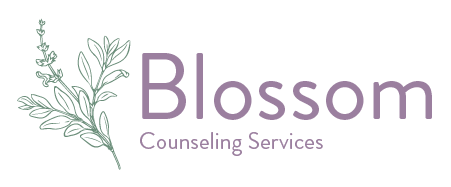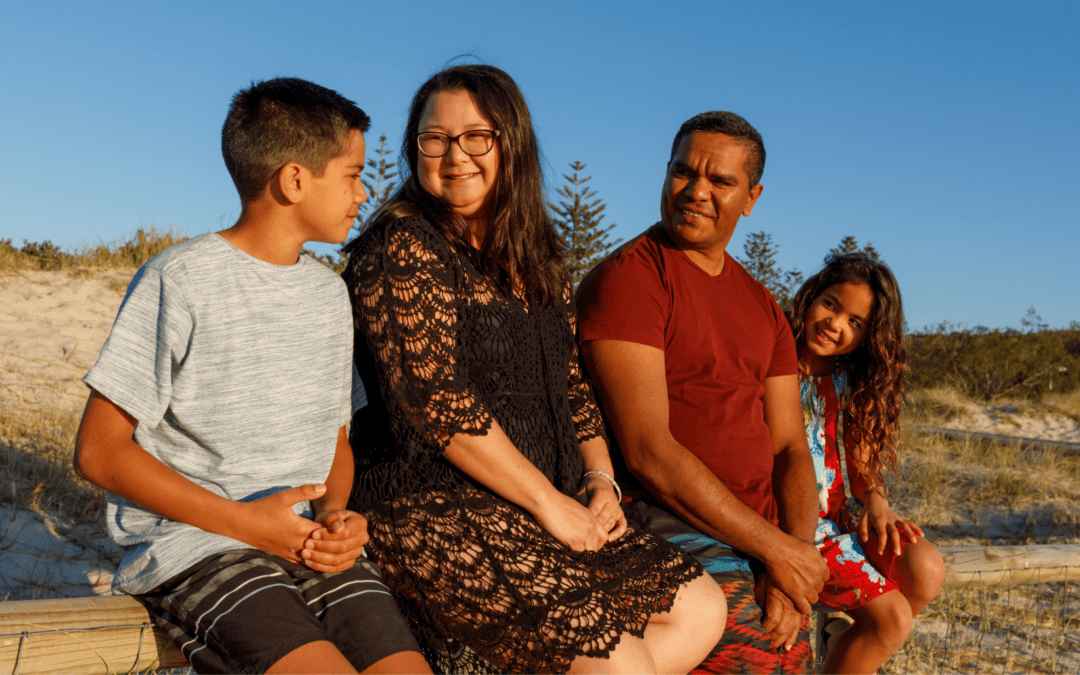Generational trauma can feel like a heavy weight, something you didn’t ask for but still carry with you.
If you’re from an Indigenous family, you might feel this deeply.
It’s not just personal pain—it’s the echoes of historical suffering, passed down from one generation to the next.
This type of trauma, often called generational trauma, is linked to the deep scars left by colonization, forced relocations, and the erasure of Indigenous culture.
It can manifest in ways that are hard to pinpoint: emotional struggles, mental health challenges, or even a sense of disconnection from your roots.
But here’s the good news—you don’t have to carry this weight forever.
Healing is possible.
In fact, many Indigenous families are finding strength in their cultural traditions, support from their communities, and personal resilience. Healing generational trauma is a journey, but it’s one you can take step by step.
You’re not alone in this, and understanding the role of generational trauma in your life is a powerful first step toward reclaiming your strength, joy, and sense of belonging.
Let’s walk through what generational trauma looks like in Indigenous families, how it still impacts lives today, and, most importantly, how healing can happen.
Whether this is your journey or you’re supporting someone you love, there’s a path forward.
What Is Generational Trauma in Indigenous Families?
Generational trauma refers to the way trauma is passed down from one generation to another. For Indigenous families, this trauma is often linked to historical events—like forced relocations (think of the Trail of Tears), the devastating boarding school era, and centuries of cultural oppression.
These traumas don’t just affect those who experienced them firsthand—they ripple through generations, showing up in emotional and physical ways that can feel overwhelming.
You might notice the effects of this trauma in mental health struggles, relationship difficulties, or even health conditions that seem to run in the family. But understanding generational trauma doesn’t mean you’re stuck with it.
It’s about awareness and, more importantly, about finding ways to heal and move forward.
How Does Generational Trauma Affect Indigenous Families Today?
The events of the past may seem distant, but the effects of generational trauma are still very much alive. The pain, loss, and disconnection experienced by previous generations can show up in many different ways today:
1. Mental Health Struggles
If you or your loved ones have dealt with depression, anxiety, PTSD, or even addiction, it might feel like these battles have been part of your family story for a long time. Generational trauma plays a significant role here—unresolved pain can lead to ongoing emotional struggles.
Recognizing this connection can be the first step in healing.
2. Disconnection from Culture
Do you ever feel like there’s a gap between who you are and where you come from?
For many Indigenous families, generational trauma has caused a disconnection from cultural traditions, language, and spiritual practices. This loss of connection can leave a deep ache, but the journey to reconnect with your heritage can be incredibly healing.
3. Strained Family Relationships
Generational trauma can sometimes show up as patterns of behavior that hurt family dynamics—cycles of emotional withdrawal, distrust, or even unhealthy coping mechanisms.
These patterns can be hard to break, but healing is possible when you acknowledge what’s happening and seek ways to strengthen those bonds.
4. Physical Health
Health disparities—like higher rates of diabetes, heart disease, and other chronic conditions—are common in Indigenous communities.
These physical health issues can sometimes be linked to the stress and trauma passed down through generations. Understanding the connection between body and mind can help you approach healing holistically.
How to Heal Generational Trauma in Indigenous Families
Healing generational trauma isn’t an overnight process, and it’s not a one-size-fits-all journey. It’s deeply personal, and it requires patience and compassion—both for yourself and for those who came before you.
Here are some ways you can start the process of healing:
1. Acknowledge the Trauma
The first step in healing is often the hardest—simply acknowledging that trauma exists.
This can mean learning more about your family’s history, understanding how past events have shaped the present, and giving yourself permission to feel the pain of what’s been passed down.
Awareness is powerful because it helps you take control of the narrative.
2. Reconnect with Your Culture
One of the most beautiful and empowering parts of healing is reconnecting with the cultural traditions, language, and spiritual practices that may have been lost or forgotten.
Whether it’s participating in ceremonies, learning traditional dances or songs, or speaking your Native language, these connections can ground you in a sense of belonging. You are a part of something much bigger than yourself, and your culture can be a source of strength and healing.
3. Seek Professional Support
There’s no shame in asking for help. In fact, it’s an incredibly brave step.
Therapy or counseling, especially with someone who understands generational trauma and Indigenous experiences, can provide a safe space to process emotions, work through difficult family dynamics, and create new patterns of healing. If you feel more comfortable in a group setting, consider looking into community-based therapy or talking circles where you can heal alongside others with similar experiences.
4. Strengthen Family Bonds
Generational trauma can strain relationships, but healing can also happen together as a family.
Open communication, forgiveness, and trust-building exercises can help mend wounds and create new, healthier patterns. Family therapy might also be helpful in navigating these changes. Healing together can create a ripple effect that strengthens the entire family unit.
5. Practice Mindfulness and Spirituality
Healing isn’t just about dealing with the past—it’s also about finding peace in the present. Mindfulness practices, like meditation, deep breathing, or spending time in nature, can help you stay grounded.
Many Indigenous families also turn to spiritual practices, like prayer or smudging, to cleanse the spirit and bring emotional balance.
6. Build a Support Network
Healing happens best in community.
Surround yourself with people who understand your journey and can offer support—whether it’s family, friends, or community groups. You don’t have to go through this alone. Many Indigenous communities have programs or support groups specifically for addressing generational trauma.
These spaces allow for collective healing, which can be a powerful experience.
Moving Forward: A Journey of Healing
Healing generational trauma in Indigenous families is not just about addressing pain—it’s about reclaiming joy, culture, and a sense of wholeness.
It’s about breaking cycles of trauma and creating new, healthy patterns for yourself and future generations. While the trauma of the past may feel overwhelming at times, the path forward is filled with hope, resilience, and cultural pride.
As you take each step on this journey, remember that healing isn’t a destination. It’s a process, one that unfolds with time, patience, and self-compassion.
You are not alone, and with the strength of your ancestors and your community, you can find a way to heal.
FAQs About Generational Trauma for Indigenous People
- What is generational trauma for Indigenous people?
Generational trauma is the emotional and psychological effects passed down from one generation to another due to significant events like colonization, forced relocations, and the erasure of Indigenous culture. It continues to affect Indigenous families today.
- How does generational trauma affect Indigenous people?
Generational trauma impacts Indigenous people through higher rates of mental health struggles, physical health disparities, and disconnection from cultural traditions. It can also strain family relationships, creating cycles of trauma that are difficult to break.
- Who is most affected by generational trauma?
Generational trauma affects many descendants of those who experienced the original trauma, particularly those who continue to experience cultural and societal oppression. However, anyone within a community touched by historical trauma can be affected.
- How does generational trauma get passed down?
Trauma is passed down through emotional, environmental, and behavioral patterns. Children of trauma survivors may inherit the emotional wounds and coping mechanisms of their parents and grandparents, which can affect their mental health and relationships.
Healing generational trauma in Indigenous families involves acknowledging the past, reconnecting with cultural traditions, and seeking support from within and outside the community.
With time and dedication, healing is possible for you and future generations.
Get Started
You may call, text message, email, or fill out the form to reach us. We will respond within 48 hours, Monday through Friday.
We Will Help You Find Your Fit
We know that looking for a counselor can feel overwhelming.
We are here to help guide you to the counselor that is best for your needs. If that counselor turns out to
not be in our practice, that's okay. We know great counselors that we'd be happy to refer you to.
What’s most important to us is that you get connected with the help you need. We are here for you.

